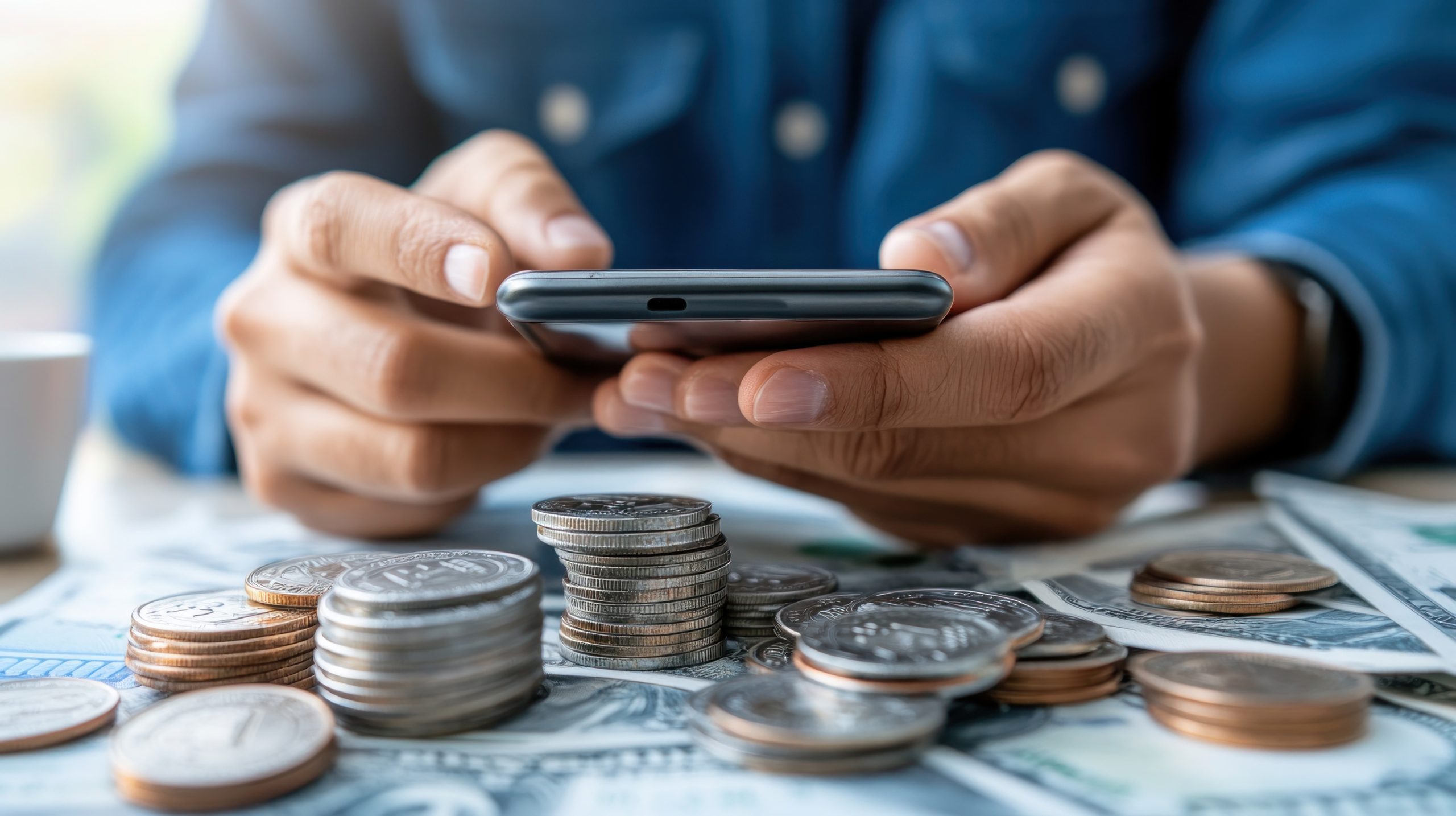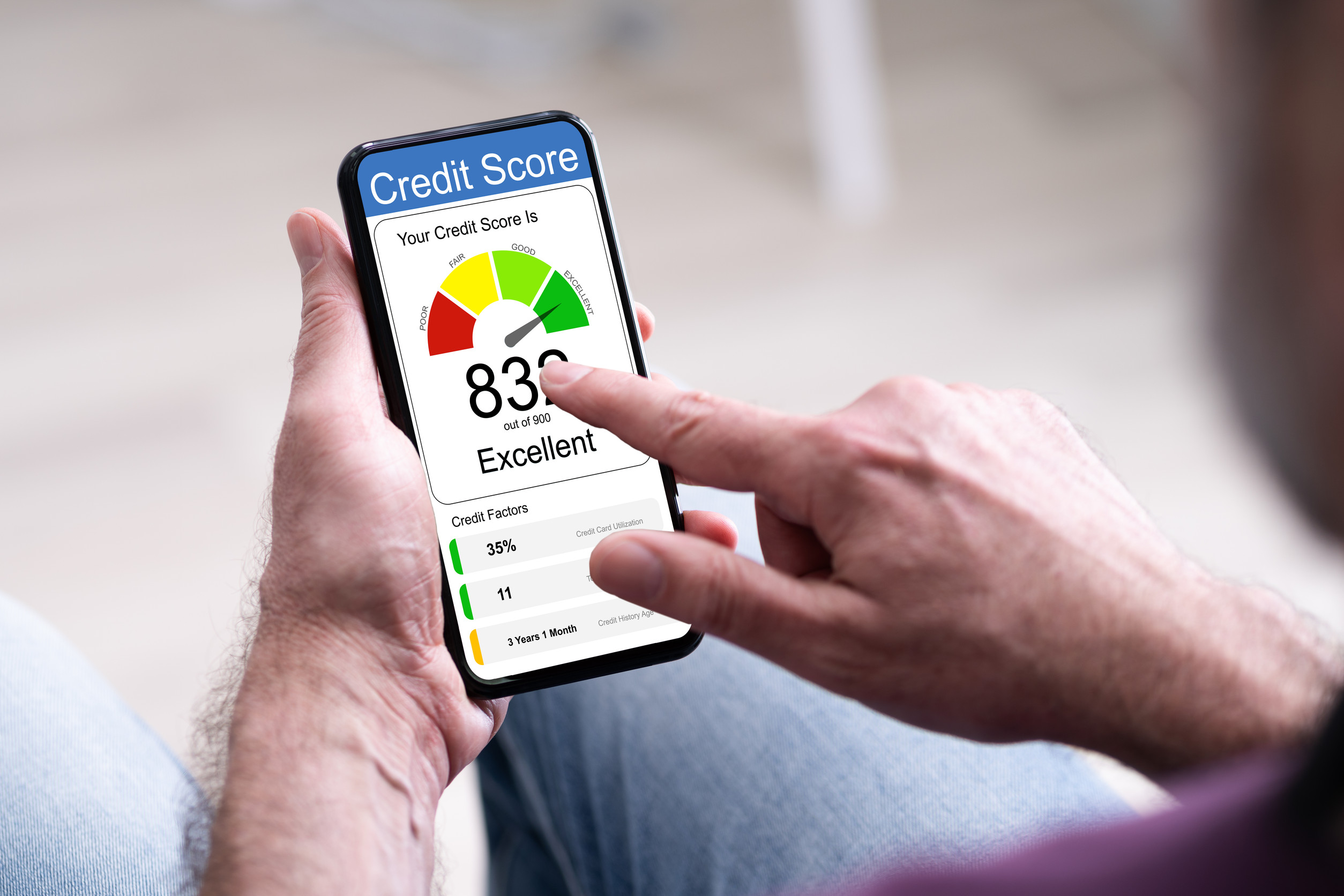Ever open an app that promises to “make life easier,” only to find yourself tangled in endless rules, hidden charges, or confusing systems? The digital finance world is filled with apps marketed as safe, simple, and consumer-friendly, but once inside, many users quickly learn the word “safe” comes with strings attached.
Some of these platforms use gamified systems, restrictive contracts, or sneaky mechanics that make escaping their modules tougher than leaving a group chat politely. They’re slick, polished, and loaded with perks upfront, yet built in ways that can box you into habits, fees, or commitments.
1. The Budgeting App That Becomes a Full-Time Job
Budgeting apps look harmless with their pastel colors and cheerful graphs, but many are designed to keep users hooked on constant monitoring. Once inside, the app makes tracking every coffee and candy bar feel like a sacred ritual. It builds pressure by rewarding you for “perfect” spending streaks and punishing you with guilt-inducing alerts when you slip. Instead of simplifying money management, it becomes another task-master demanding constant attention. What started as a safety net for your wallet turns into a hamster wheel of endless categorizing.
2. The Micro-Savings Platform That Hides Its Claws
Micro-savings apps market themselves as lifesavers that scoop up spare change and magically grow your savings. What they don’t highlight is how hard it can be to withdraw your money once it’s inside. Many tie up funds in restrictive investment accounts with waiting periods and penalties that make accessing your own cash feel like solving a puzzle box.
Users quickly realize their so-called safe haven for small savings can lock them into awkward, inflexible financial modules. By the time you want out, the process feels slower than waiting for an ancient desktop computer to boot up.
3. The “Safe” Credit Builder That Traps You in Loops
Credit-building apps are hailed as the responsible way to lift scores without risk, but their safe label hides repeating cycles. They often require ongoing payments into structured accounts that are tough to stop without damaging your progress. The design creates an endless loop where users feel pressured to keep feeding the system or risk undoing all their hard work. Instead of freeing people from credit traps, these apps can reinforce dependency in the name of safety. The escape hatch always seems just out of reach, forcing users to stay locked inside.
4. The Subscription Tracker That Drains in Secret
Subscription-tracking apps promise to help you cut waste by flagging forgotten services, yet many end up adding fees of their own. Some bundle “premium tools” behind subscriptions that ironically become just another recurring bill. Once you’ve linked accounts and data, canceling feels like amputating a limb because of how intertwined the systems become. What looked like a safe, simple tool ends up costing you more while making leaving the app inconvenient and confusing. The platform often gains more from trapping you in its ecosystem than saving you from your forgotten gym membership.
5. The Investment App with a Velvet Cage
Investment apps lure beginners with the promise of low fees, safe automated portfolios, and guided financial journeys. Behind the scenes, they restrict options, automate contributions in rigid ways, and make transferring funds back out needlessly complicated. Users find themselves nudged to stick with the app’s chosen investments rather than making independent choices.
Safety is advertised as the selling point, but the velvet ropes are strong enough to keep you from walking away freely. Over time, what was meant to be empowerment starts to feel like being parked in a gilded waiting room.
Breaking Free from the Safety Trap
Financial apps often package themselves in trust, security, and convenience, but the design can pull people into harder-to-escape modules than old-school systems ever did. Safety becomes a selling point that doubles as a leash, making users dependent instead of empowered. The key to staying free is to question what safety really means before locking funds, habits, or data into a shiny digital box. Always read the fine print, test flexibility early, and remember that true safety means having the power to leave as easily as you entered.
What are your thoughts on these so-called safe apps—have you wrestled with any financial modules that were tougher to escape than expected? Drop a comment and share your story.
You May Also Like…
10 Budgeting Myths That Make Things Worse for Low-Income Households
How Debt-Cleanup Apps Push Paid Loans Under the Hood
8 Clues That Your Budget Apps Are Watching More Than You Know
Why Online Payment Apps Are Delaying Inheritance Transfers
7 Financial Products Disguised as “Safe” That Wipe Out Savings


